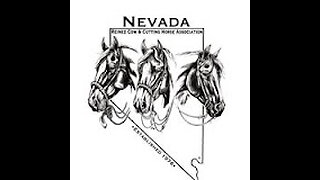Premium Only Content

A fully trained smart german shepard
Humans interact with animals in numerous ways and on numerous levels. We are indeed living in an “animal”s world,’ in the sense that our lives are very much intertwined with the lives of animals. This also means that animals, like those dogs we commonly refer to as our pets, are living in a “human’s world” in the sense that it is us, not them, who, to a large degree, define and manage the interactions we have with them. In this sense, the human-animal relationship is nothing we should romanticize: it comes with clear power relations and thus with a set of responsibilities on the side of those who exercise this power. This holds, despite the fact that we like to think about our dogs as human’s best friend. Dogs have been part of human societies for longer than any other domestic species. Like no other species they exemplify the role of companion animals. Relationships with pet dogs are both very widespread and very intense, often leading to strong attachments between owners or caregivers and animals and to a treatment of these dogs as family members or even children. But how does this relationship look from the dogs’ perspective? How do they perceive the humans they engage with? What responsibilities and duties arise from the kind of mutual understanding, attachment, and the supposedly “special” bonds we form with them? Are there ethical implications, maybe even ethical implications beyond animal welfare? The past decades have seen an upsurge of research from comparative cognition on pet dogs’ cognitive and social skills, especially in comparison with and reference to humans. We will therefore set our discussion about the nature and ethical dimensions of the human–dog relationship against the background of the current empirical knowledge on dog (social) cognition. This allows us to analyze the human–dog relationship by applying an interdisciplinary approach that starts from the perspective of the dog to ultimately inform the perspective of humans. It is our aim to thereby identify ethical dimensions of the human–dog relationship that have been overlooked so far.
-
 0:10
0:10
Biswasaman76
3 years agoGerman Shepard Doing Handshake
431 -
 0:34
0:34
Biswasaman76
3 years agoPlayful German Shepard puppy
381 -
 0:20
0:20
petville station
3 years agogerman shepard meal puppy chihuahuas
58 -
 0:08
0:08
PureSounds
3 years agoWELL TRAINED GERMAN SHEPARD HUSKY
9 -
 0:43
0:43
Biswasaman76
3 years agoGerman Shepard Puppy chasing my brother
18 -
 15:51
15:51
DeVory Darkins
1 day ago $6.05 earnedDemocrats suffer HUGE BLOW in court as contempt order paused
14.1K93 -
 15:53
15:53
The Connect: With Johnny Mitchell
10 hours ago $0.29 earnedThe Truth About Ross Ulbricht & The Silk Road: How One Man Became The Internet's BIGGEST Drug Dealer
1.95K1 -
 22:53
22:53
The Brett Cooper Show
2 days ago $5.95 earnedThe Rise of Fake Gurus & Online Cults | Episode 23
20.9K26 -
 LIVE
LIVE
Total Horse Channel
14 hours agoWinnemucca Spring Spectacular Cow Horse Show and Derby - Saturday
455 watching -
 LIVE
LIVE
After Work Gaming
3 hours ago“🍺 SOJU SATURDAY “🍺 THE FINALS SEASON 6
92 watching